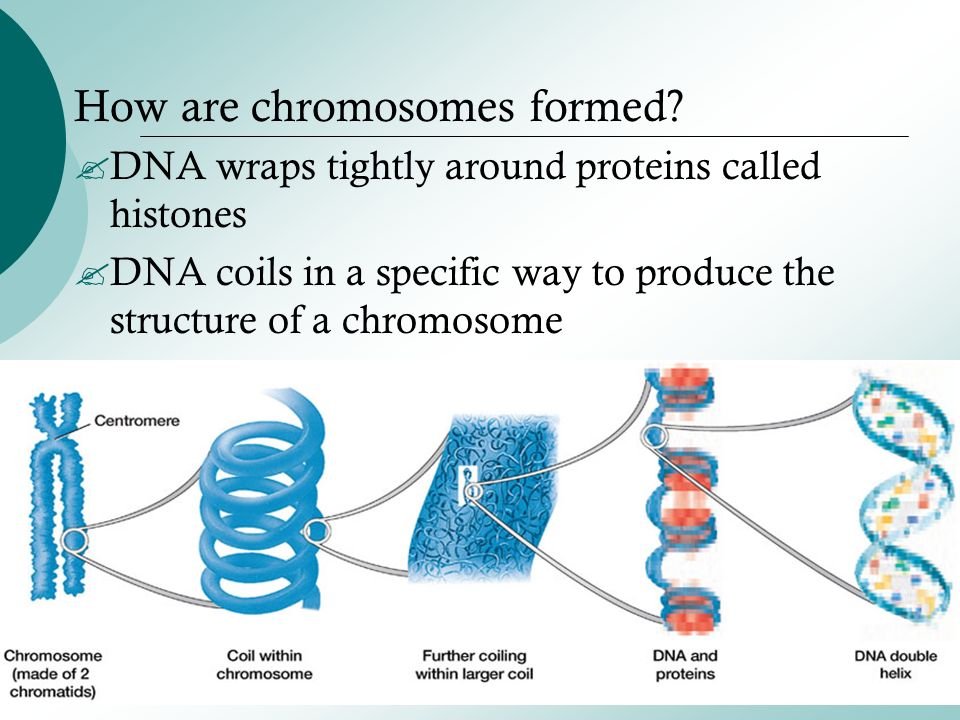JOIN OUR WHATSAPP GROUP. CLICK HERE
The Part that Unwinds to become Chromosomes
The Part that Unwinds to become Chromosomes We’ll talk about the section that unfolds into chromosomes on this page.
What are Chromosomes?
Chromosomes are bundles of tightly coiled DNA located within the nucleus of almost every cell in our body. Humans have 23 pairs of chromosomes.
DNA replication process
Replication is the process by which a double-stranded DNA molecule is copied to produce two identical DNA molecules. DNA replication is one of the most basic processes that occur within a cell. … To accomplish this, each strand of existing DNA acts as a template for replication.
DNA replication relies on two cellular enzymes:
- Helicase – this unwinds a small portion of the DNA double helix to make it single-stranded. This process is often described as being analogous to undoing a zip; once the DNA is single-stranded, the nucleotide bases of the parent strand are exposed;
- DNA polymerase – this fills the exposed gaps using the complementary base pairing rules. The result is two new daughter strands of DNA that are genetically identical to the parent strand.
DNA replication is often referred to as ‘semi-conservative’, as each daughter DNA double helix will have one strand derived from the original parent helix and one brand-new strand constructed from the nucleotides that have been slotted into their complementary base pairing positions by DNA polymerase.
Which part of the cell unwinds to become chromosomes?
Answers: Chromatin Network
How do Chromosomes form?

How to Pass Life Sciences Grade 12 with distinctions
One of the most significant accomplishments in your academic career is passing matric. It provides access to a wide range of post secondary options and employment possibilities. Use our best study advice to complete your matriculation, and you’ll succeed with flying colors.
- Attend class
- Ask questions
- Make notes
- Study
- Practise
- Study groups
- Extra class
- Motivation
- Complete assessments
- Prepare for the Exams in due time
Download Past Exam Papers & Memo per Province
- Department of Basic Education Grade 9 Exams
- Eastern Cape Papers and Memorandum
- Free State Papers and Memorandum
- Gauteng Papers and Memorandum
- KwaZulu-Natal Papers and Memorandum
- Limpopo Papers and Memorandum
- Mpumalanga Papers and Memorandum
- Northern Cape Papers and Memorandum
- North West Papers and Memorandum
- Western Cape Papers and Memorandum
JOIN OUR TELEGRAM CHANNEL. CLICK HERE

Be the first to comment